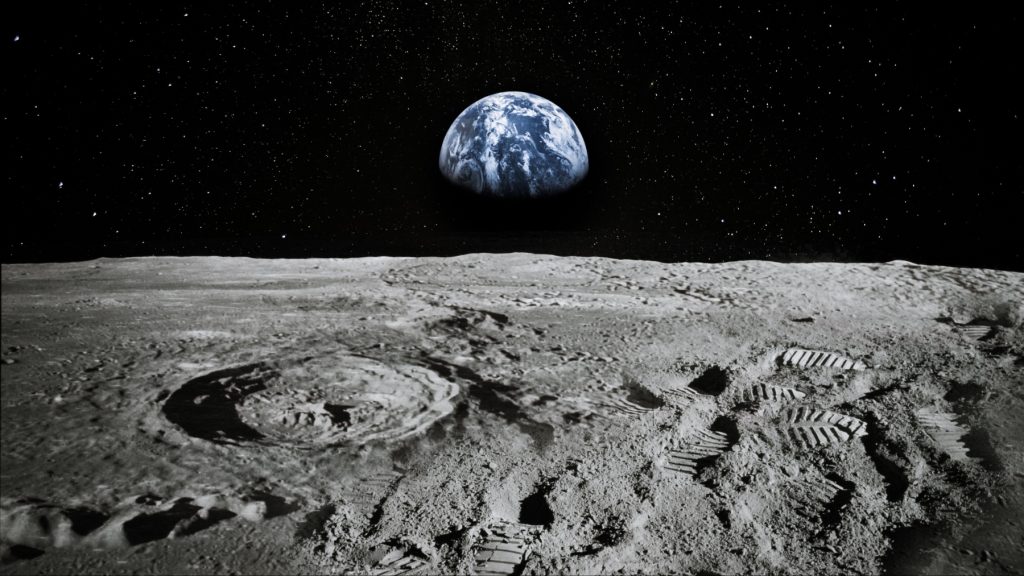
NASA is actively engaged in a new endeavor to deploy a compact nuclear reactor on the moon, a key component of its Artemis program, aiming to support the return of humans to the moon and lay the groundwork for permanent settlements there.
The “Fission Surface Power Project” kicked off in 2022 and has already seen notable progress, with the initial phase completed successfully. Collaborative efforts have led to the awarding of contracts for the conceptualization of reactor designs. These designs are tasked with addressing energy conversion, management, and distribution systems, as well as providing cost estimates for the envisioned systems, according to a report by “Science Alert.”
The goal is to develop a reactor that can power lunar bases for more than ten years, a technology that NASA plans to refine and utilize for future missions to Mars.
NASA Making Musk’s Dream Come True
In the challenging environments of the moon and Mars, where reliable energy is crucial for survival, nuclear power stands out as a prime choice for meeting long-term energy needs. This is largely because nuclear reactors can operate continuously, unaffected by the absence of sunlight—a significant advantage given the moon’s night lasts about 14 days.
NASA’s strategic approach to energy combines solar and nuclear power to satisfy the electrical needs of different laboratories, emphasizing the critical importance of safety and independence. The agency specifies that the reactor should operate autonomously for at least ten years, thereby reducing radiation exposure risks and allowing astronauts to concentrate on scientific research.
The specifications for the nuclear reactor are rigorous: it must be lightweight, no more than 6 tons, yet capable of generating 40 kilowatts of electrical power, enough to support 33 homes on Earth.
In line with the Artemis mission, which anticipates a crewed lunar landing by 2027, NASA, in partnership with the White House, plans to include an international astronaut in a moon landing mission slated for the end of this decade alongside American astronauts.
The Artemis program has set lofty goals, including sending the first woman and the first person of color to the moon, and establishing a sustainable human presence there as a stepping stone for Mars exploration.
Looking ahead, NASA envisions building a lunar orbiting space station, Gateway, and a surface base. These initiatives are key to acclimating humanity to life in deep space and driving the technological breakthroughs needed for the journey to Mars.
Inside Telecom provides you with an extensive list of content covering all aspects of the tech industry. Keep an eye on our Tech sections to stay informed and up-to-date with our daily articles.